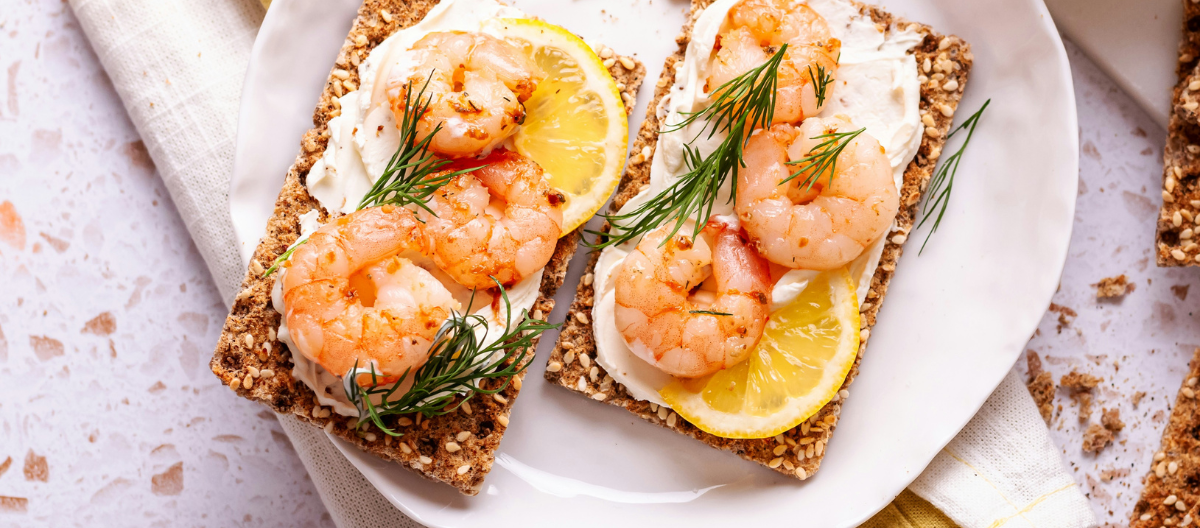Hey Diva dressing fans! When the items we love coincide with brands we work with, Diva dressing will use Paid Links in our articles. If you decide to click on these links and purchase the product, we get a small commission. Our Opinions Are Our Own, but we do add Paid Links as a way to offer these products at no added cost to our readers. Want to know more? Click Here to check out our Terms of Use anytime!
As consumers become increasingly aware of environmental issues, the demand for sustainable seafood has risen significantly. The concept of sustainable seafood encompasses responsible fishing practices, aquaculture, and the conservation of marine ecosystems. Choosing sustainable seafood not only supports environmental health but also offers numerous benefits for personal health and local economies. Here’s a deeper look at the importance of sustainable seafood and the positive impact it has on our oceans and communities.
Sustainable seafood refers to fish and shellfish harvested in a way that ensures the long-term health of marine populations and the ecosystems they inhabit. It emphasizes:
- Responsible Fishing Practices: This includes using techniques that minimize bycatch (the unintended capture of non-target species) and protect marine habitats. Methods like pole-and-line fishing or trap fishing are often more sustainable than industrial trawling.
- Aquaculture: Sustainable aquaculture practices involve farming fish in a way that minimizes environmental impact. This includes using clean water, responsible feed sourcing, and avoiding the use of harmful chemicals.
- Ecosystem Health: Sustainable seafood initiatives aim to maintain the balance of marine ecosystems, ensuring that fish populations remain stable and healthy.
Benefits of Choosing Sustainable Seafood
Environmental Protection
Sustainable seafood practices help protect marine ecosystems and biodiversity. Overfishing and destructive fishing methods can lead to the depletion of fish stocks and the destruction of habitats such as coral reefs and ocean floor ecosystems. By choosing sustainably sourced seafood, consumers support practices that allow fish populations to recover and thrive, promoting healthier oceans.
Healthier Fish Populations
Sustainable seafood practices contribute to the overall health of fish populations. When fishing is conducted responsibly, it ensures that fish stocks are not overexploited. This helps maintain a balanced ecosystem where various species can coexist, leading to greater biodiversity and resilience against environmental changes.
Improved Food Security
Sustainable seafood supports food security for future generations. As fish populations are maintained through responsible harvesting, the availability of seafood is ensured for years to come. This is particularly crucial for communities that rely on fishing as a primary food source and livelihood.
Better Quality Seafood
Sustainable seafood is often fresher and of higher quality. Fish that are caught or farmed responsibly tend to be healthier and more nutritious. They are less likely to contain harmful additives or contaminants, making them a safer choice for consumers. Additionally, sustainable practices often emphasize proper handling and storage, contributing to better overall quality.
Support for Local Economies
Buying sustainable seafood often means supporting local fishermen and aquaculture operations. This can strengthen local economies, create jobs, and promote community well-being. When consumers choose to purchase sustainable seafood, they help ensure that their money stays within the local economy, fostering a sense of community and supporting traditional fishing practices.
Awareness and Education
Choosing sustainable seafood raises awareness about the importance of ocean conservation. It encourages consumers to educate themselves about the origins of their food and the impact of their choices on the environment. This awareness can lead to broader support for environmental initiatives and policies aimed at protecting marine life.
How to Choose Sustainable Seafood
Making informed choices when selecting seafood is crucial. Here are some tips for consumers:
- Look for Certifications: Seek seafood certified by reputable organizations such as the Marine Stewardship Council (MSC) or the Aquaculture Stewardship Council (ASC). These certifications indicate that the seafood meets specific sustainability standards.
- Consult Local Guides: Utilize resources like seafood watch guides, which provide recommendations on sustainable seafood choices based on your location.
- Ask Questions: Don’t hesitate to ask your fishmonger or restaurant staff about the sourcing of their seafood. Inquire about fishing methods, farm practices, and whether the seafood is sustainably sourced.
- Stay Informed: Keep up with news about sustainable seafood practices and initiatives. Being informed can help you make better choices when shopping for seafood.
Here are some products recommendations
Red Pomegranate Gilded Tableware $7.51


PREMIUS Heavy-Duty Stainless-Steel Mixing Bowl $11.24

Premium Polished Mirror Nesting Stainless Steel Mixing Bowl $11.98

Luxe Party Mahogany Collection Round Serving Bowl $13.08

Plastic Ear Design Handle Rice Soup Bowl Spoon Tableware 3 Sets $13.49

Luxe Party Mahogany Collection Square Serving Bowl $14.46


Stinson Bowl Small Dinnerware Serving Dish Bowl $15.63

Hot Foods Microwave Bowl Huggers $16.49



